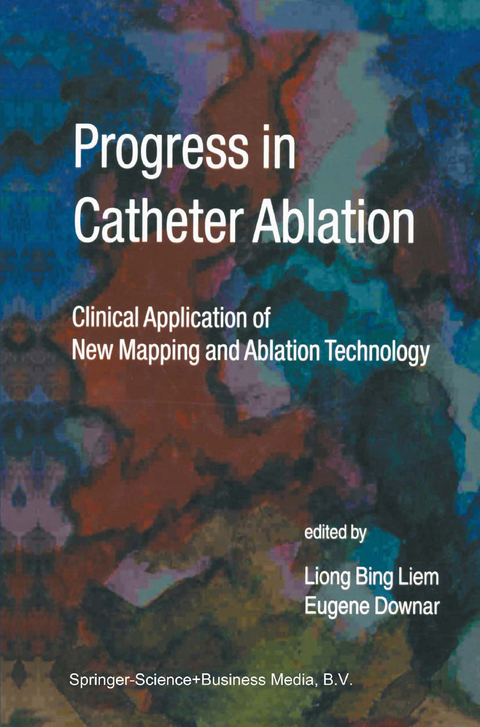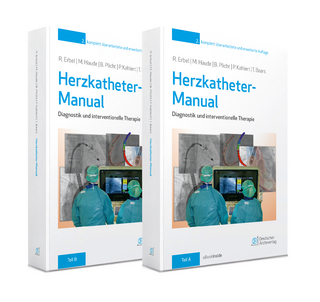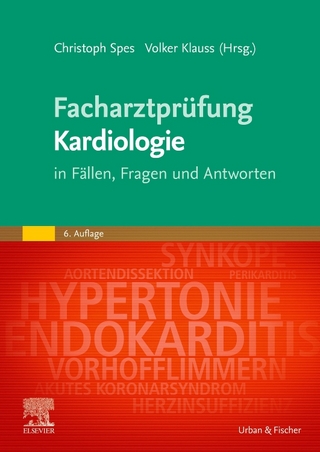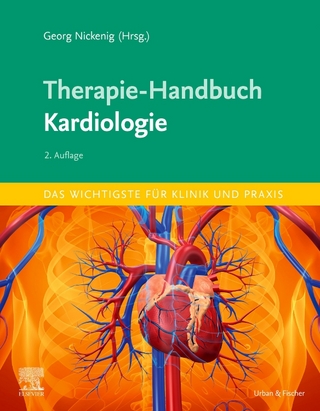
Progress in Catheter Ablation
Springer-Verlag New York Inc.
978-1-4020-0147-5 (ISBN)
I. Challenges in Catheter Ablation.- 1 The Arrhythmogenic Substrate in Ischemic and Non-Ischemic Cardiomyopathies. Structural and Functional Basis of Ventricular Arrhythmias.- 2 Anatomy and Electrophysiology of the AV Junction and Coronary Sinus.- 3 Anatomy of the Tricuspid Cavo Isthmus.- 4 Arrhythmias Following Repair of Congenital Heart Disease. Background and Scope of the Problem.- 5 Catheter Mapping and Ablation Technology. Limitations of Conventional Methods and Challenges of Newer Technology.- II. Newer Mapping Techniques.- 6 Utility of Orthogonal Electrodes in Radiofrequency Ablation. Discriminate Near-Field Sensing.- 7 Mapping Techniques in Patients with Paroxysmal Atrial Fibrillation Originating from the Pulmonary Vein.- 8 Pulmonary Venous Angiography.- 9 Ultrasonic Guidance for Radiofrequency Ablation.- 10 Mapping Using the LocaLisa System.- 11 Electroanatomical Mapping Using the CARTO® System. Technical Concepts, Validation, and Basic Application.- 12 Three Dimensional Reconstruction (CARTO®) in Patients with Congenital Heart Disease.- 13 Endocardial Mapping Using Real Time Three Dimensional Ultrasound-Ranging Tracking System. Results of In-Vitro, In-Vivo, and Clinical Studies.- 14 Endocardial Contact Mapping Using Multipolar Basket Electrode Catheters.- 15 Endocardial Global Noncontact Mapping (EnSiteTM).- 16 Endocardial Noncontact Mapping in Pediatric and Grown Up Congenital Heart Arrhythmias.- III. Newer Ablation Approaches and Modalities.- 17 The Advantages and Disadvantages of Creating Large Radiofrequency Ablation Lesions.- 18 New Concepts in Radiofrequency Energy Delivery and Coagulum Reduction During Catheter Ablation. Energy Delivery Management and a Quantitative Measure for Estimating the Probability of Coagulum Formation During RadiofrequencyAblation.- 19 Cooled Radiofrequency Catheter Ablation.- 20 Radiofrequency Ablation Using Porous Tip Electrode.- 21 Radiofrequency Atrial Linear Ablation Using Microcatheters.- 22 Radiofrequency Linear Ablation Using Looped Multipolar Catheters.- 23 Epicardial Mapping and Ablation to Treat Sustained Ventricular Tachycardia.- 24 Transcatheter Cryoablation.- 25 Photoablation of Ventricular Arrhythmias. Past Results and Future Applications to Ventricular and Other Arrhythmias.- 26 Transcatheter Microwave Ablation.- 27 Pulmonary Venous Ablation Using Circumferential Ultrasonic Energy.- 28 Current Progress of Ablation of Focal Atrial Fibrillation.- 29 Use of Cardiopulmonary Support for Catheter Ablation of Hemodynamically-Unstable Ventricular Tachycardia.- IV. Arrhythmia Surgery.- 30 Current Status of Surgical Treatment for Atrial Fibrillation.- 31 Utility of Radiofrequency Ablation in Atrial Fibrillation Surgery.- 32 Utility of Microwave Ablation for the Intraoperative Treatment of Atrial Fibrillation.- V. Future Perspective.- 33 The Future of Catheter Mapping and Ablation.- 34 A Retrospective Musing on Surgery for Cardiac Arrhythmias.- Color Plates.
| Erscheint lt. Verlag | 30.6.2002 |
|---|---|
| Reihe/Serie | Developments in Cardiovascular Medicine ; 241 |
| Zusatzinfo | XVII, 590 p. |
| Verlagsort | New York, NY |
| Sprache | englisch |
| Maße | 160 x 240 mm |
| Themenwelt | Medizinische Fachgebiete ► Innere Medizin ► Kardiologie / Angiologie |
| Medizin / Pharmazie ► Physiotherapie / Ergotherapie ► Orthopädie | |
| Studium ► 1. Studienabschnitt (Vorklinik) ► Physiologie | |
| ISBN-10 | 1-4020-0147-9 / 1402001479 |
| ISBN-13 | 978-1-4020-0147-5 / 9781402001475 |
| Zustand | Neuware |
| Informationen gemäß Produktsicherheitsverordnung (GPSR) | |
| Haben Sie eine Frage zum Produkt? |
aus dem Bereich


